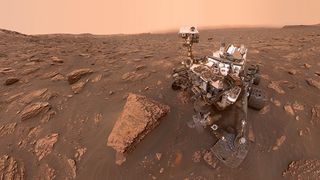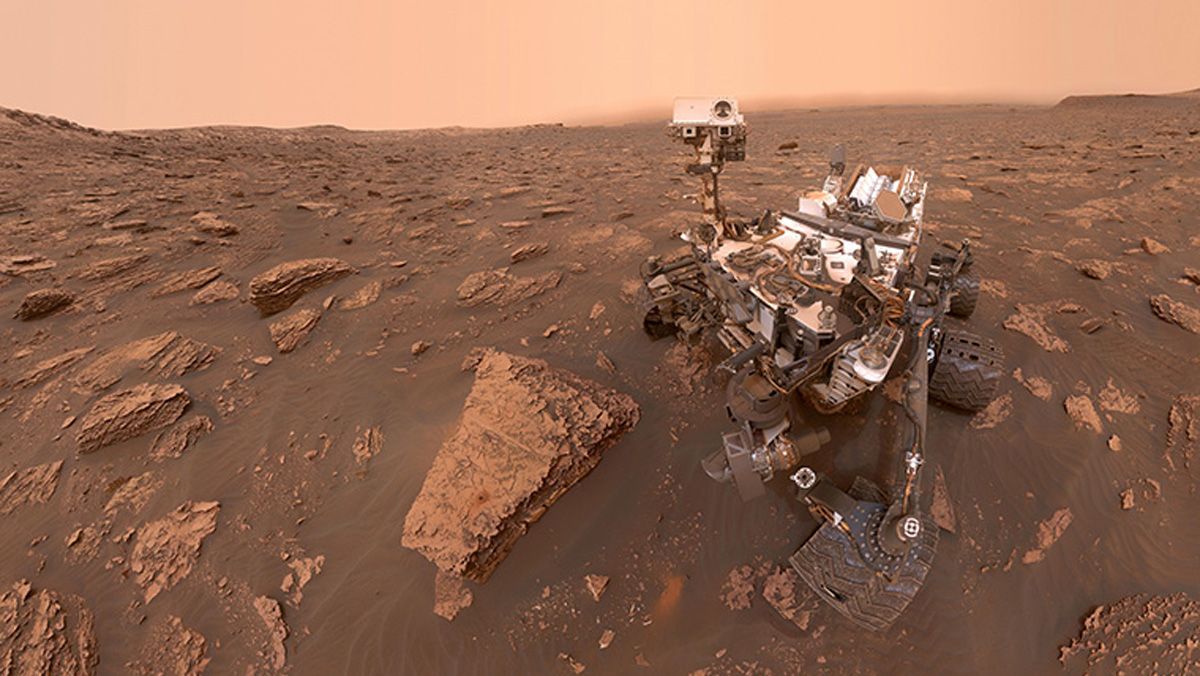Düber
Well-Known Member
- Joined
- Jul 20, 2020
- Messages
- 1,542
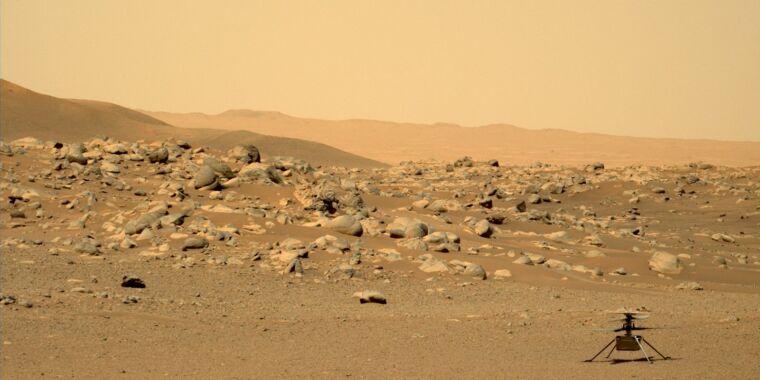
After losing contact with its helicopter, NASA put the entire Mars mission on hold
Mars is only going to get colder and darker for the next 10 weeks as winter deepens.

On Earth, shifts in our climate have caused glaciers to advance and recede throughout our geological history (known as glacial and inter-glacial periods). The movement of these glaciers has carved features on the surface, including U-shaped valleys, hanging valleys, and fjords. These features are missing on Mars, leading scientists to conclude that any glaciers on its surface in the distant past were stationary. However, new research by a team of U.S. and French planetary scientists suggests that Martian glaciers did move more slowly than those on Earth.
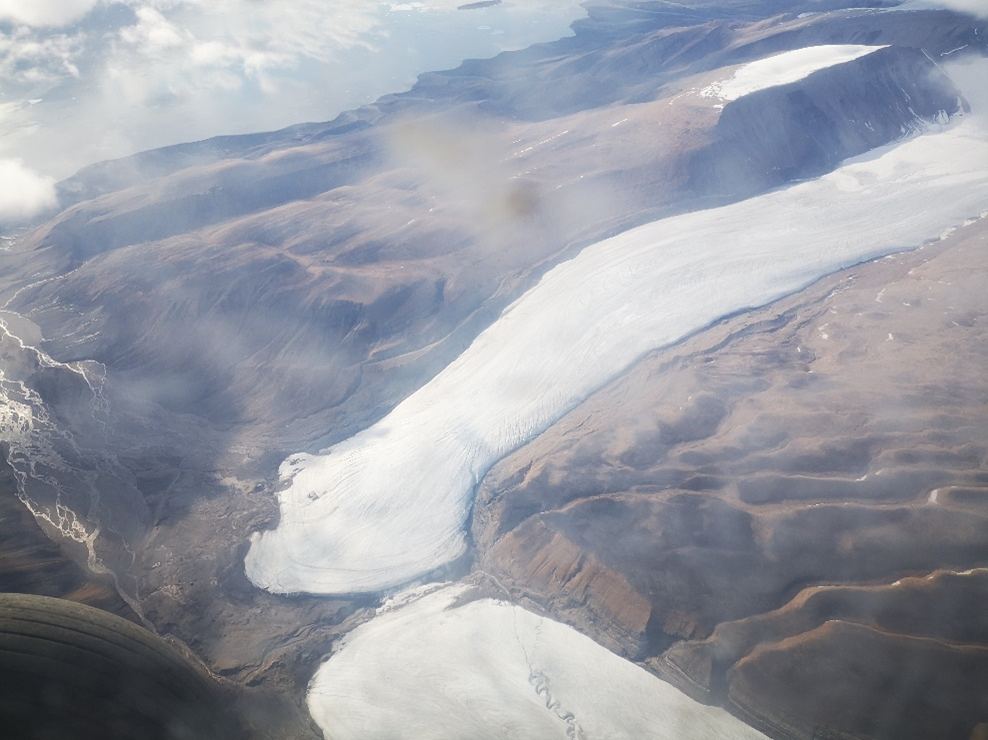
 www.universetoday.com
www.universetoday.com
NASA’s HiRISE Camera Recently Imaged a Martian Dust Devil. But Why Study Them?
NASA recently used its powerful High Resolution Imaging Experiment (HiRISE) camera onboard the Mars Reconnaissance Orbiter to take a breathtaking image of a dust devil traversing Syria Planum on Mars. One unique aspect of dust devils is their shadows can be used to estimate their height, which have been estimated to reach 20 km (12 miles) into the Martian sky. Studying dust devils on Mars is a regular occurrence for the scientific community and can help scientists better understand surface processes on other planets. But with the atmospheric pressure on Mars being only a fraction of Earth’s, what processes are responsible for producing dust devils?
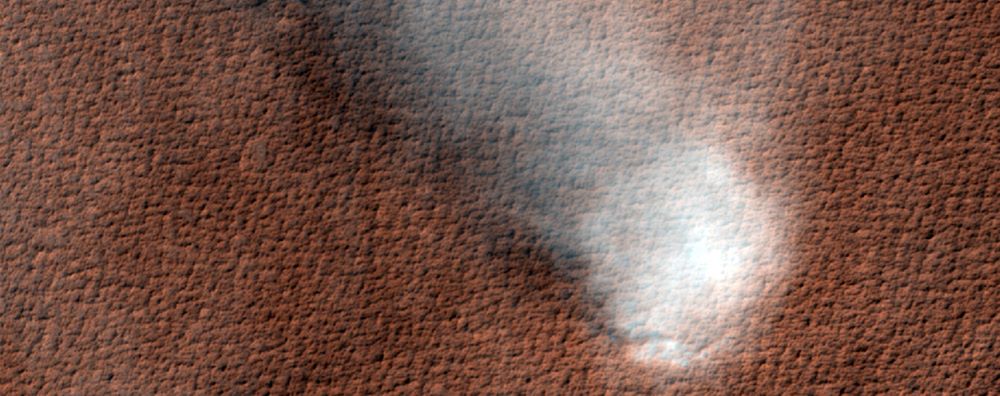
 www.universetoday.com
www.universetoday.com
